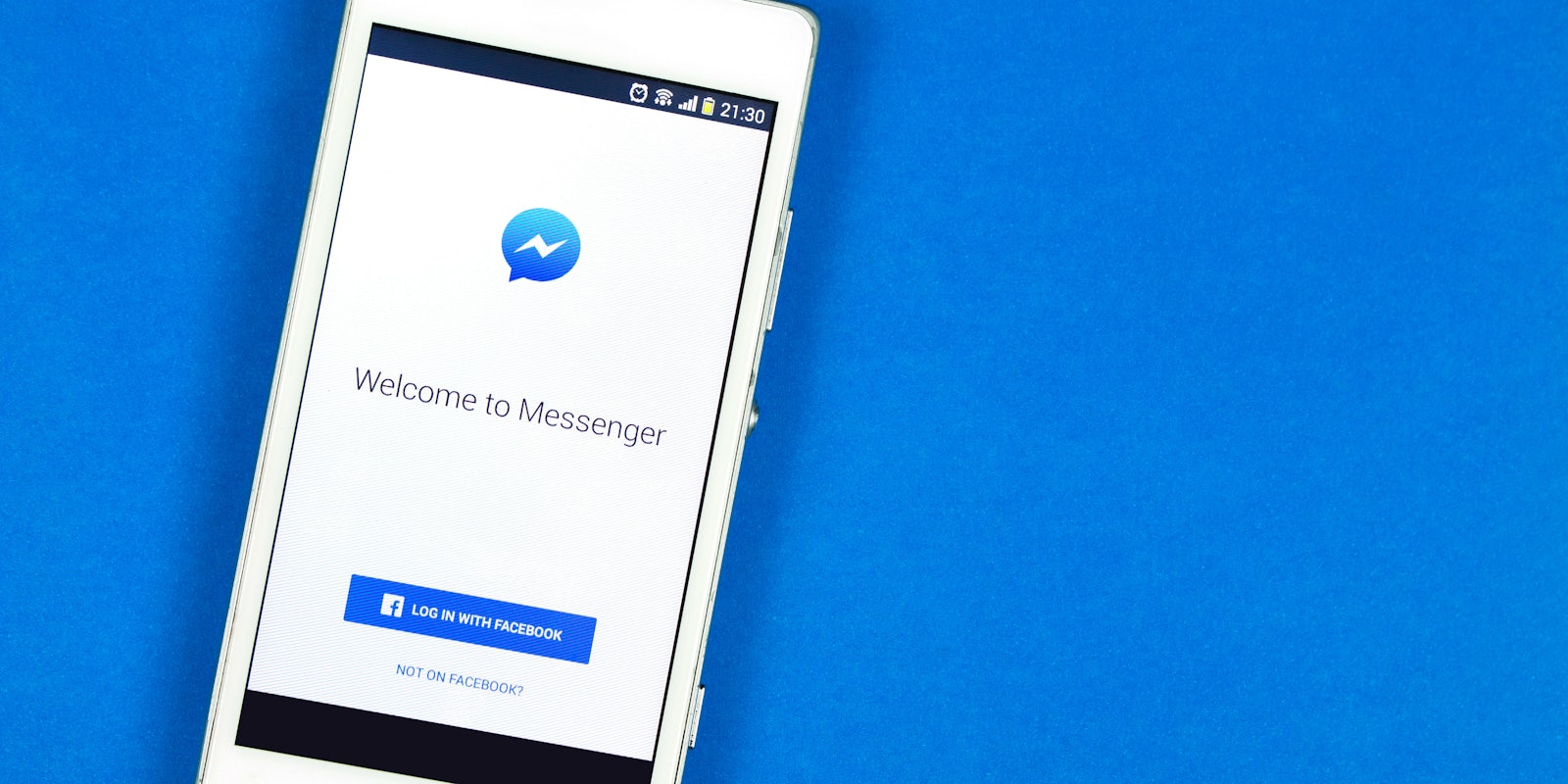Facebook has begun rolling out a new feature that will let users unsend messages up to 10 minutes after sending them.
Available today in updates to Facebook’s Messenger app for iOS and Android, the unsend option aims to give users the choice to rescind any unwanted remarks such as typos or embarrassing statements.
Those looking to remove a specific message can do so by pressing and holding a message until two options appear: Remove for Everyone and Remove for You. As the names imply, the first choice will delete a message from both your chat history as well as the recipient’s, while the second will only remove the message from your own.
In a blog post Tuesday,
According to TechCrunch, if an individual receives what they feel is an inappropriate message that gets deleted, however, they can still report the chat to Facebook, “who’ll retain the content briefly.”
The new feature stems from the revelation last year that Facebook CEO Mark Zuckerberg had his messages deleted out of their recipients’ inboxes without their knowledge. The company argued at the time that the decision was made for security purposes in the wake of the 2014 hack of Sony Pictures.
Critics argued that the move showed that Zuckerberg, as well as other company executives, were given special privileges unavailable to everyday Facebook users. Facebook responded shortly after in early 2018 that it would introduce the unsend feature.
While the new feature is a welcome sight to many Messenger users, the unsend option, which has a 10-minute limit, is still nowhere near the same as Zuckerberg’s removals, which saw messages from years prior deleted.
H/T TechCrunch


